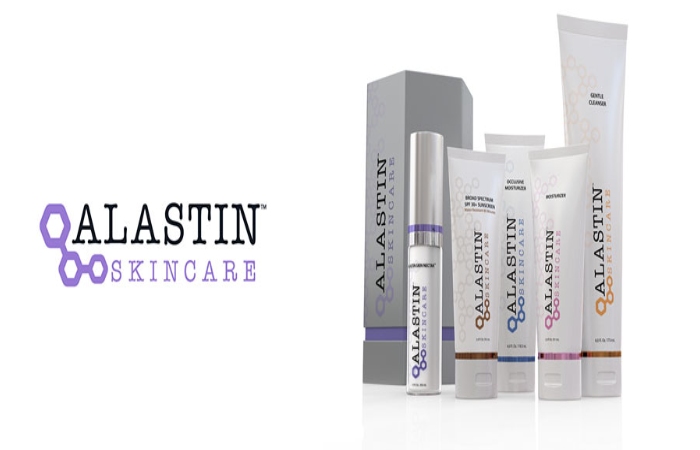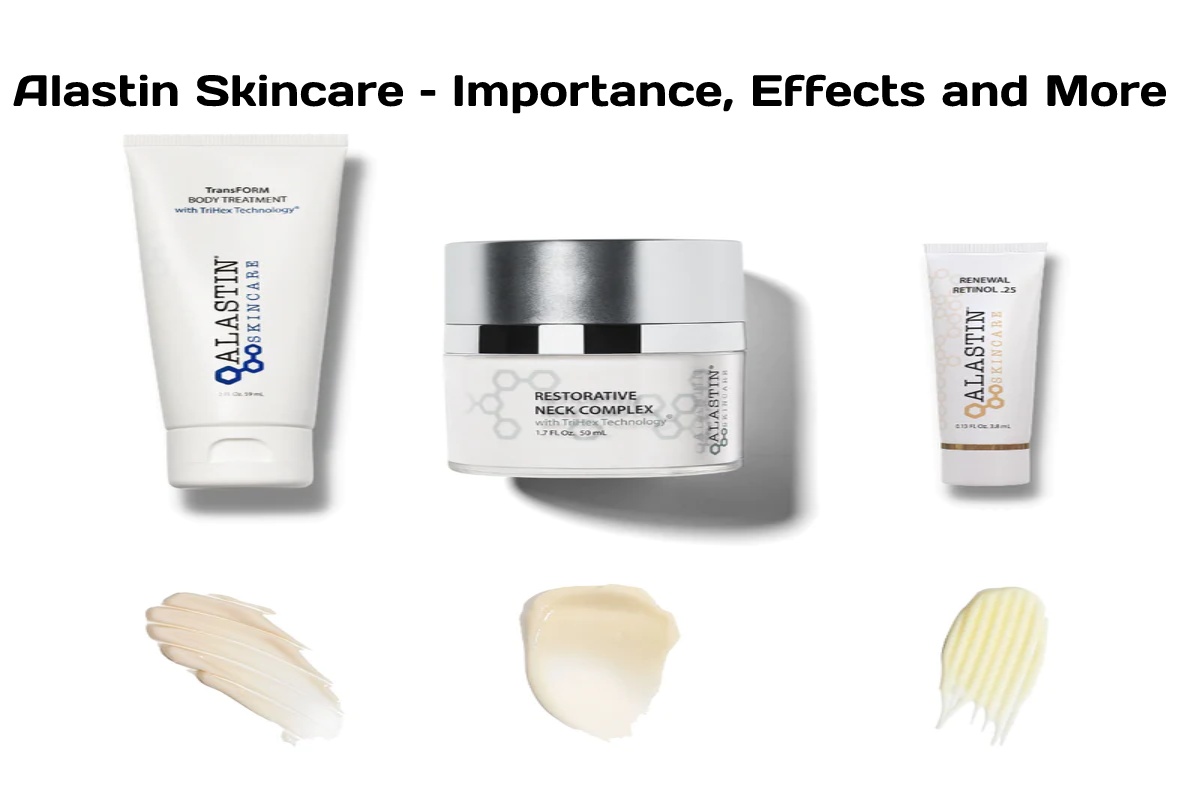Alastin Skincare is a skincare products that helps prepare and increase the skin’s receptivity to procedures and enhances the healing process to optimise the overall outcome of the system. The products are also designe to fight ageing signs and improve skin health with daily use.
AUSTIN skin care products, featuring patented TriHex® technology, feature a patent-pending synergistic combination of powerful peptides and critical ingredients in a formula designed to penetrate the skin. AUSTIN skin care products with TriHex technology base on proprietary science intended to stimulate, strengthen and support skin regeneration processes to improve the results of skin care procedures. Boosted by ELASTIN Skincare products, new skin is softer, smoother and more supple.
In histological studies, ALASTIN skin care products have improved elastin and collagen deposition. This increased elastin deposition in histological studies has established ALASTIN Skincare as a leader among skin care lines in elastin stimulation.
Table of Contents
Importance of ALASTIN and Collagen
Elastin and collagen are the main physical proteins of the dermis. Collagen and elastin are abundant in early skin and essential for their ability to renew and restore. Collagen and elastin levels begin to decline immediately after birth, and elastin replenishment by middle age is minimal.
Effects of Time on the ECM
The ECM, the most significant component of the dermal layer of the skin, is the central orchestrator of skin repair and regeneration. The ECM provides the background for signalling and crosstalk of cellular and matrix components. Over time, certain factors create waste in the ECM, including:
- Extrinsic factors: sun (primary) and other environmental factors
- Intrinsic factors: genetics, ageing, hormones
This waste results in the formation of protein clumps. Protein clumps clog the ECM, interfering with the crosstalk necessary for healthy cell regeneration, i.e. the body’s ability to produce fresh, healthy skin.

Peptides And Skin Regeneration
Peptides are small proteins found naturally in the body that direct cell signalling. Specific peptides signal the generation of collagen and elastin. Additionally, some have an extracellular matrix (ECM) modulating and recycling properties, enhancing the ability of the skin itself to generate renewed, healthy-looking skin.
Skin Bed Preparation
Therefore, in ageing skin, the buildup of collagen and elastin leads to inefficient fibroblasts and compromised ECM. The strategy to reverse this long-term damage is to recycle the ECM and remove clumped protein fragments, allowing natural cell signalling to occur effectively to stimulate collagen and elastin regeneration.
Just as the healing process of chronic wounds requires preparation of the wound bed before the therapeutic intervention, treating established ageing skin benefits from “skin bed preparation” to optimise the outcome of rejuvenation procedures and programs. Therefore, skin maintenance this preparation of the skin bed optimises the procedure results by creating an ideal environment for healing and regeneration.
Ideally, this preparation or preconditioning of the skin bed carries out for 2 to 3 weeks before the intervention. Trix Technology stimulates waste removal from the ECM, allowing the body to produce new collagen and elastin.
Skin Repair
Although many patients believe that the healing process is complete a few weeks after the procedure, this visible healing only occurs on the skin’s surface. In truth, the healing process can last far beyond the visual signs of recovery. Both invasive and non-invasive procedures require specific follow-up, and the healing process may take 1-3 months after treatment.
When the skin is cut or injured during a surgical, ablative, laser or peeling procedure, the body begins a natural process of healing, including:
- The Inflammation Phase: stabilises the site and cleanses dead cells and any bacteria; lasts for a short period and, if prolonged, can lead to scarring
- The Repair Phase: the skin cells multiply and begin mobilisation to close the wound and regenerate the epidermis (outer layer of the skin)
- The Remodeling Phase: completes skin remodelling; it can take 30 to 90 days or more and is characterise by the formation of new layers of skin accumulated from within; Moderation of inflammation can reduce scarring and discolouration.

